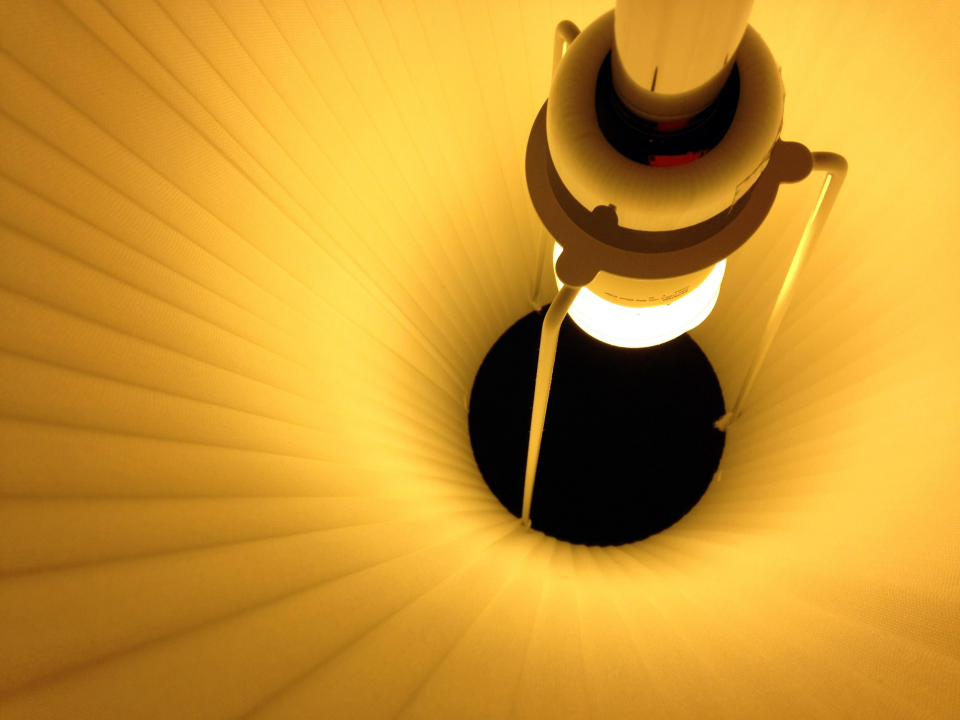 It looks like something big may be emerging from the lab into the real world. Its name is Li-Fi, and it is a technology that uses light to transmit data (“visible light communication”), much like Wi-Fi uses wireless signals. University of Edinburgh Professor Harald Hass first demonstrated Li-Fi about five years ago, and then gave a TED Talk about it in 2012. Up until now, it sounded like a good theory that had no practical use. But now, at least one company is working on a commercial implementation of Li-Fi. Time will tell if this technology survives.
It looks like something big may be emerging from the lab into the real world. Its name is Li-Fi, and it is a technology that uses light to transmit data (“visible light communication”), much like Wi-Fi uses wireless signals. University of Edinburgh Professor Harald Hass first demonstrated Li-Fi about five years ago, and then gave a TED Talk about it in 2012. Up until now, it sounded like a good theory that had no practical use. But now, at least one company is working on a commercial implementation of Li-Fi. Time will tell if this technology survives.
- Light-based ‘Li-Fi’ beams data 100 times faster than Wi-Fi (PCWorld | Ian Paul) “Li-Fi uses the visible light spectrum instead of radio waves to transmit data. You can’t just use any old light source, however, as it requires the light to modulate its signal in order to create a data stream. Currently, this is done with standard LED bulbs equipped with a special chip, and then a special receiver capable of interpreting the light signals is attached to the receiving device. The light modulations aren’t distracting, as they are very slight and imperceptible to the human eye.”
- Li-Fi probably won’t be the new Wi-Fi for most people (TechCrunch | Nitish Kulkarni) “An Estonian startup Velmenni recently tested a commercial implementation and found it to be superior to Wi-Fi in almost every way – except as something you and I will probably ever use. Velmenni’s technology, called Jungru, uses an LED bulb and transmits data at gigabit speed. It has a theoretical speed of 224 gigabytes per second…”
- What is Li-Fi, and how practical is it in the real world? (SlashGear | Chris Burns) “Li-Fi can deliver data quite a bit faster than Wi-Fi, but like Wi-Fi, its speed depends on the initial potential speed of the data being delivered by, for example, your home internet service. If your home internet speed is capped at 1Gbps speeds, your Li-Fi system wont go any faster than that.”
- Light-based Li-Fi: Faster than Wi-Fi, but still limited (PC Magazine | Stephanie Mlot) “As Haas explains […], Li-Fi’s limitations might actually be good for security. If the signal cannot travel through walls, it can be contained in one room, with people in offices, for example, powering their devices via the overhead lights. But lights in a kitchen could keep that Internet-connected coffee maker brewing or fridge LED updated.”
Articles from Ohio Web Library:
- Li-Fi lighting the way. (Research Technology Management, Jan./Feb. 2015, p.7-8 | Manny Frishberg)
- Mobile health—monitoring system through visible light communication. (Bio-Medical Materials & Engineering, 2014, p.3529-3538 | Yee-Yong Tan and Wan-Young Chung)
- Low-complexity colour-shift keying-based visible light communications system. (IET Optoelectronics, 2015, p.191-198 | Jose Martin Luna-Rivera, Cristo Suarez-Rodriguez, Victor Guerra, Rafael Perez-Jimenez, Jose Rabadan-Borges, and Julio Rufo-Torres)


